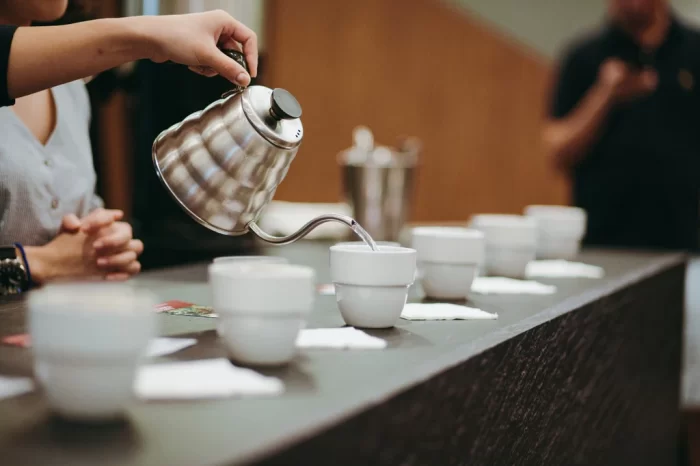If you’re new to the coffee evaluation method known as “cupping”, you’ll probably hear a lot of importance placed on water temperature. But does the warmth of the water actually make that big of a difference when cupping coffee? The short answer — yes it does substantially! in this post we talk about Coffee Cupping Water Temperature.
Maintaining optimal water temperature proves critical to drawing out a coffee’s fullest range of flavors, aromas and textures to assess accurately. Let’s look closer at ideal cupping water standards and why small temperature variables exert significant influence.
Defining Coffee Cupping
Cupping refers to a systematic technique professional coffee tasters use to evaluate qualities from different coffee bean samples side-by-side. It involves observing Fragrance, Flavor, Aftertaste, Acidity, Body, Uniformity and more through calibrated preparation methods per formal specialty coffee grading criteria.
The process entails extremely consistency across many parameters — one being water temperature. Using the same precise temperature enables fair comparison of distinct coffee varieties. Even small water temperature fluctuations alters how flavor compounds extract and develop from the grounds.
Water Temperature Standards
The Specialty Coffee Association sets guidelines for standard cupping methodology. Water temperature standards span:
• 200°F at pour
• 195-205° acceptable range
• Ideal peak temp 200-202°F
Water cools slightly between heating source and hitting the grounds so aim above 200°F when pouring. But too hot scorches grounds damaging sensory potential. Establishing and maintaining temperatures in the narrow target range proves essential.
Why Temperature Precision Matters
Water temperature directly impacts extraction rate and efficiency in coffee brewing. Minor temperature shifts make significant differences in the compounds that get drawn out into each cup during cupping despite using identical beans and grind size.
Hotter water quickens extraction, pulling out more solids and oils rapidly. Colder lowers rate enabling gradual infusion of mainly sweet, fruity acids initially. The mid-high range strikes an ideal balance of flavor elements.
Resulting Flavor Effects
Let’s examine how varying the water temperature by just 5-10 degrees changes a coffee’s tasting notes during cupping:
LOWER Temperature
180-190°F — Slower extraction preserves sweeter notes but limits full flavor complexity emerging. High acids overpower. Can taste sour, vegetal or hollow. Cool temp suits light, fruity African bean profiles better.
HIGHER Temperature
210-212°F — Hot water extracts compounds rapidly including more bitter and astringent tannins. Can taste unpleasantly harsh, biting or overextracted without balanced sweetness and acidic brightness.
The water temperature sweet spot maximizes preferred coffee flavor profiles:
IDEAL Temperature
200-205°F — Allows even extraction of both primarily sweeter acids along with slight bitter notes in harmonious balance. This temp plays up a coffee’s unique body and aromatic qualities most accurately for assessment.
Additionally, the hot water steams and opens pores in the coffee grinds, liberating carbon dioxide gas that carries vital aromatics into the air. Temperatures too low reduce this aromatic element of cupping.
Consistent Water Temperature Methods
Maintaining the narrow target water range relies on precise temperature control methods during cupping:
Kettle-hot water is heated using a gooseneck pouring kettle to 205-212°F either via stovetop or electric kettle. Quickly pouring once off boil prevents cooling down too far. Use a thermometer to verify reaching at least 200°F.
Machine/Brewer-plumbed hardware like a bulk brewer allows temperature regulation to within 1° accuracy. Water flows from a temperature controlled boiler (not reservoir) through the grounds.
Adding milk-pre warming cupping bowls helps mitigate heat loss right as water hits equipment. Insulated carafes may be used as well to minimize heat dissipation after pouring.
From heat source to flow through grind bed, water will still drop a couple degrees but should stay in 195-205°F general zone. Taste assessment remains consistent relative to other cups.
Effects on Other Cupping Components
It’s not only water temperature affecting cupping but also its interplay with grind size and steeping time. Faster extracting hot water calls for slightly coarser grind size and shorter steep time to prevent overextraction. Cooler water would need finer grind and longer steeps to extract sufficiently. Finding the right correlated balance is key.
Water temperature even indirectly impacts elements like dissolved solids. Hotter solvent pulls more particles lowering clarity for appearance assessment while cooler retains purity longer.
Each sensory characteristic gets influenced by water temperature dynamics during crucial extraction phases. Tasting validity depends hugely on precision within a few degrees!
Temperature Troubleshooting
If struggling with equipment to nail the temperature sweet spot, try these fixes:
• Frequently calibrate thermometers
• Heat water slightly hotter to allow for minor cooling before hit
• Insulate vessels
• Pre-warm empty cupping bowls
• Maintain small batch sizes
• Pour immediately off heat
• Never use boiling water – too hot!
• Don’t allow reservoir water to cool significantly
Investing in quality controlled heating methods like commercial plumbed hardware or electric kettles will make your temperature consistency efforts easier. But with standard kitchen tools utilizing thermometers, hitting acceptable water temp range is quite achievable with a little finesse.
Pay attention as well to your altitude – water boils a few degrees cooler for every 500 feet above sea level. Factor that difference into your optimal heat point.
Temperature Precision Unlocks Flavor Secrets
Water seemingly provides just a vehicle to transmit coffee compounds from grinds to cup. But tweak its temperature up or down a few degrees during cupping and you’ll unveil entirely different flavor experiences.
Mastering ideal water temperature range allows you to truly reveal each coffee’s complete sensory spectrum from aromatics to mouthfeel to lingering finish. Standardizing on the key 195-205° zone critically sets the stage for accurate assessment and scoring.
So don’t let seemingly minor temperature fluctuations slide off your cupping precision radar! Something as small as 2° makes all the difference in profiling a coffee’s peak quality potential. I hope this Coffee Cupping Water Temperature post helps you.

